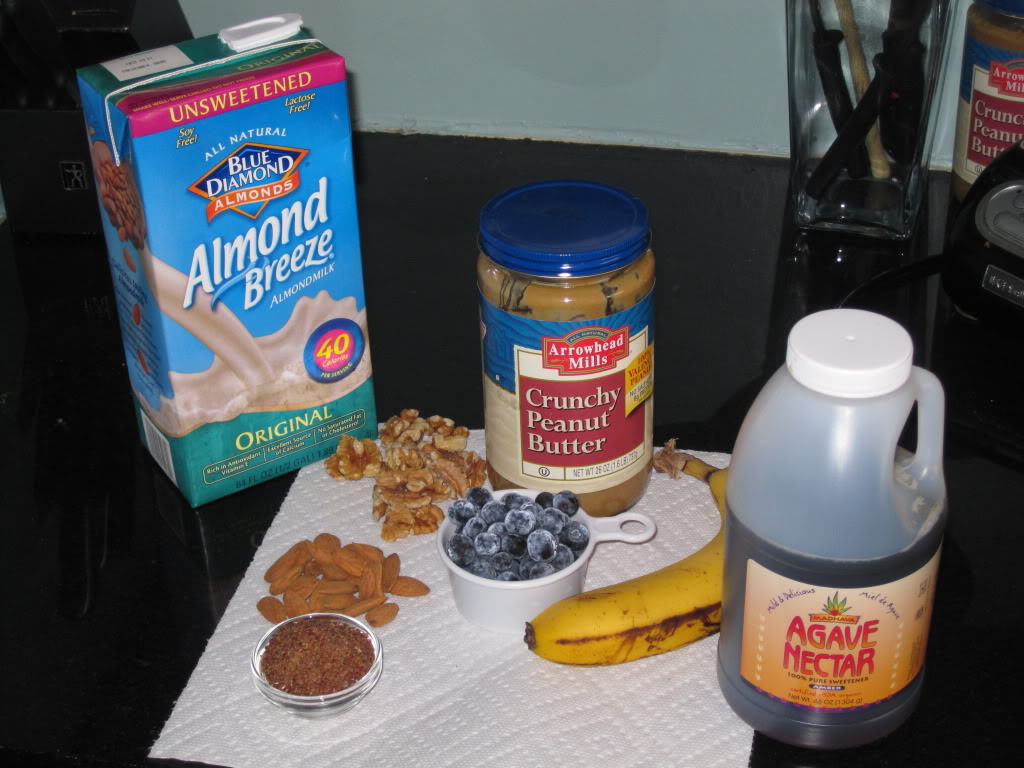The Truth About Chicken + Cholesterol
I can’t tell you the number of times I used to say “My diet is very healthy. I don’t eat any red meat.” So when our doctor suggested Robert cut all animal products from his diet for six weeks to see if it would lower his LDL cholesterol, I immediately asked if that also meant no chicken. I mean, isn’t chicken a lean meat? I was surprised when he simply repeated, “Cut ALL animal products for six weeks.” Oh, you must have misunderstood me, I said, I’m not talking about fried chicken or anything, just simple chicken breast. That’s got to be fine, right?
Wrong!
Much to my surprise, it turns out that chicken and beef have nearly the same levels of cholesterol. I had no idea! I was certain that eating so-called white meat was healthier, but in fact you aren’t doing your heart any favors by choosing chicken over beef. According to the Physicians Committee for Responsible Medicine, “the cholesterol from chicken does just as good of a job at clogging arteries and causing heart disease.”
The main cause of high blood cholesterol is saturated fat. According to the American Heart Association, saturated fat is found mostly in food from animals– meat, eggs, and dairy products. These foods all contain dietary cholesterol as well, which we don’t need in our diet. As the PCRM explains, “the human body produces cholesterol on its own and never needs outside sources. Each added dose contributes to artery blockages, leading to heart attacks, strokes, and other serious problems.”
So, is there such thing as truly heart-healthy protein? YES! Look to ingredients like beans, tofu, quinoa, tempeh, chickpeas, and nuts, which not only contain lots of protein but also fiber and other nutrients, and can even help lower blood cholesterol.
Check out the links below for some additional resources.
http://www.pcrm.org/magazine/GM00SpringSummer/GM00SpSum2.html
http://www.americanheart.org/presenter.jhtml?identifier=532
http://www.thechinastudy.com/
http://www.vrg.org/nutshell/heart.htm
http://nutritiondiva.quickanddirtytips.com/chicken-versus-beef.aspx
http://www.compassionatecooks.com/word/protein.htm

